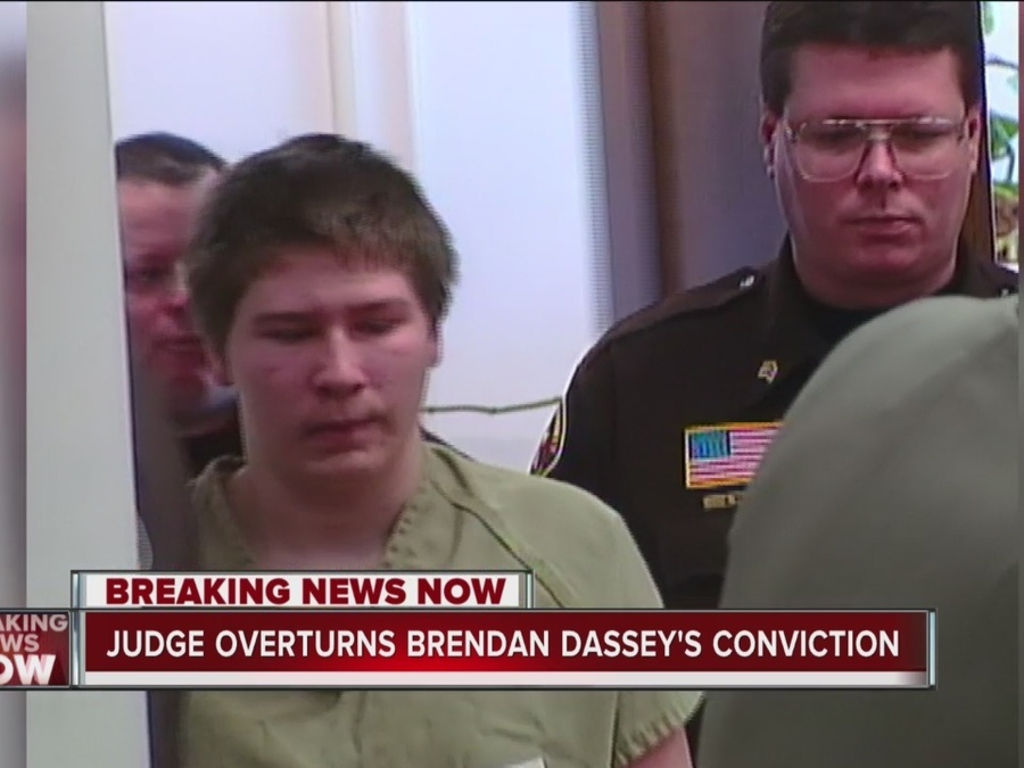This week the Seventh Circuit Court of Appeals upheld the legality of Brendan Dassey’s confession to the 2005 killing of Teresa Halbach, finding that it was voluntary and could be used against him at trial. To many of the millions of people who watched video of the confession in the Netflix documentary series “Making a Murderer,” the appellate court’s conclusion was incomprehensible.
Dassey was 16 years old at the time and it was apparent that he had an intellectual deficit. The police spoon-fed him a confession that he barely seemed to understand; they led, and he unwittingly followed. At one point, Dassey, oblivious to the extent of the trouble he was in, poignantly asked whether he would be home in time to see Wrestlemania. The scene made viewers cringe.
Most of us know how all of this played out for Dassey: following his so-called confession, he was arrested, tried and, based almost entirely on what he had told police, he was convicted of murder. Now that the Seventh Circuit has rejected his claim, by a 4-3 vote, it would take the improbable intervention of the Supreme Court to grant him any relief.
So how could the court system uphold Dassey’s conviction and affirm his sentence of life in prison? The answer lies in a powerful tenet of criminal law that is as much to blame as anything else for wrongful convictions.
Our criminal justice system values “finality” above virtually all else. It is enumerated in our statutes and embedded in our Supreme Court jurisprudence. As the argument goes, litigation cannot drag on forever, and, for the sake of judicial economy, our system needs to reach a conclusion. Judges, juries, victims and even defendants need to put the past behind them, according to the principle of finality, and only then does society reap the benefits of closure.
Yet, this notion of finality has very real dangers – and these dangers are played out in courts all around the country. Overly strict adherence to the tenet of finality can mean that preservation of convictions takes precedence over ascertaining the truth. When this powerful legal principle is put in the hands of aggressive prosecutors, with receptive judges, it can act as a trump card more compelling than even the most egregious constitutional violation. Making matters worse, most inmates are poor and distrusted, making it even more unlikely that they can mount the type of legal challenge that can overcome a settled conviction.
The Anti-Terrorism and Effective Death Penalty Act of 1996 (AEDPA) – the statute under which Dassey petitioned the federal courts for relief – is partially to blame. The law erects so many obstacles in the name of finality that even an innocent petitioner is unlikely to be granted relief. In fact, while actual innocence can help an inmate clear some of ADEPA’s procedural hurdles, it does not in and of itself entitle a petitioner to relief.
The legal system’s deference to finality is particularly troubling as we increasingly become aware of the prevalence of wrongful convictions. DNA testing has taught us that sometimes – more often that we would like to admit – the criminal justice system gets things wrong. Innocent people get convicted. Unfortunately most wrongful convictions cannot be cured by DNA evidence. Criminal defendants are wrongly convicted based on mistaken identifications, junk science, lying witnesses and, yes, false confessions. While some wrongful convictions are overturned, most are not.
It is undeniable that the need for finality in criminal convictions is legitimate, even important. But so too is the need for justice and fairness. It is heartbreaking to think that even one person would wrongly spend his life in prison for a crime he did not commit. There is wisdom in what Benjamin Franklin once said: “it is better 100 guilty Persons should escape than that one innocent Person should suffer.”
Our system fails us all when it favors archaic rules and obscure technicalities over truth. The case of Brendan Dassey is one instance in which the criminal justice system has gotten it wrong. Upon viewing the video recording of his interview, common sense tells us that the police coerced him. His confession was involuntary and it should have been thrown out of court. Yet, the further along in the legal process Dassey goes, the more unlikely it becomes that the problem will be corrected. At some point, the rigors of our law, and the premium placed on finality, become too much to overcome.
The outcome of the Dassey case is not something we can be proud of. Rather, it underscores a problem with our system that we need to fix.

